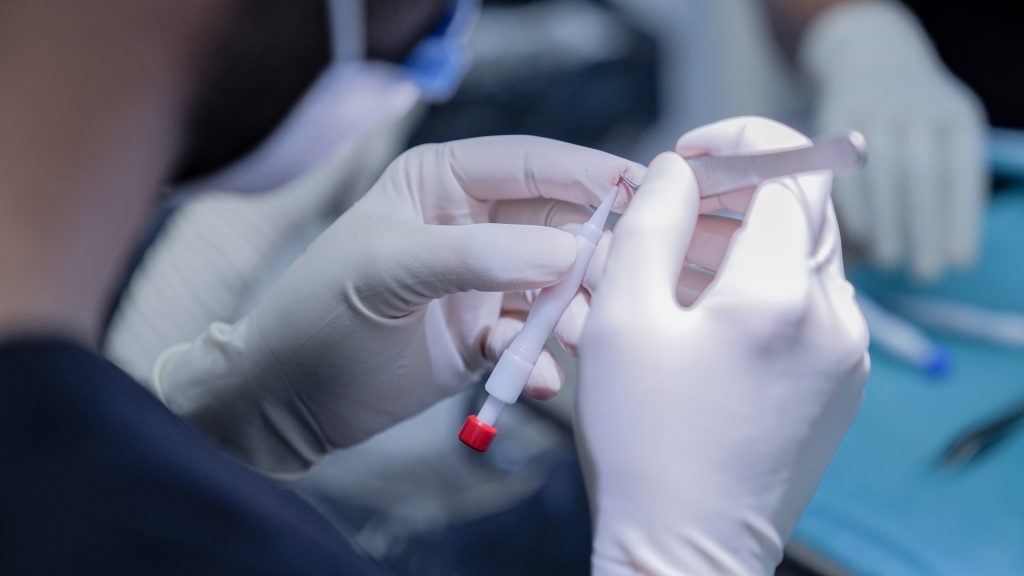
Articles
What is the Norwood Scale?
The Norwood Scale, also known as the Hamilton-Norwood Scale, is a basic classification system used for the graded classification of androgenetic hair loss (alopecia androgenetica). This is because most men lose hair in a specific pattern throughout their lives. The scale paints a picture system showing the different stages of hair loss.
There are other classifications used by doctors and researchers. Some scales include both genders, while others focus only on female hair loss. The Norwood scale is the most commonly used system for male pattern baldness. The scale is often used as a reference point when diagnosing the extent of hair loss. It can help determine which treatments are most appropriate for the person with alopecia.
The measurement scale was developed in the 1950s by a man named James Hamilton. It was later updated and improved by O’Tar Norwood in the 1970s.
The different steps
The scale is divided into seven different steps. Each step measures the severity and pattern of your hair loss.
Step 1
No noticeable hair loss or high hairline.
Step 2
The hairline has become a little higher, usually around the sides. This is often referred to as an adult or mature hairline.
Step 3
The hair loss is now more evident. The first signs of clinical androgenetic alopecia are beginning to appear. The hairline has receded into the sides, creating the characteristic V, M or U shape.
Step 4
Now the hair loss is significant. The hair at the top of the crown is thin or in some cases completely gone. The high hair line and hair loss on the crown are separated by a strip of hair on either side. The strips are connected to the rest of the hair.
Step 5
Step 5 is similar to step 4 but with more severe hair loss. There is still a strip of hair separating the sides and the bald crown. However, the strip is narrower and the hair there thinner.
Step 6
The sides are now connected to the bald area on the crown. The strip of hair that used to separate them is now completely gone or, in some cases, very thin. There is hair on the sides of the head but the person is mostly bald in front and on top.
Step 7
The most severe stage of hair loss. The hair that remains is gathered in strips around the sides of the head but it too has become thinner. The hair is often thin and sparse.
What can you do to counteract your hair loss?
Treatments for hair loss are most effective when done at an early stage. It’s easier to slow down and prevent hair loss than it is to stimulate new hair growth. However, if there has been severe hair loss, surgical intervention is the better choice.
The best treatment to prevent or slow down hair loss is PRP (Platelet Rich Plasma). It is a simple procedure that is 100% natural and completely without side effects. Platelet-rich plasma is extracted from the patient’s own blood and injected into his or her hair.
However, if you have already lost a lot of hair, a hair transplant is for you. Today’s hair transplant is also a natural procedure that leaves less visible scar tissue and gives the customer a genuine result – for life.
Do you feel that your hair has become a little thinner lately or that the folds are a little higher than desired? Come in for a free, no-obligation consultation. During a consultation, we ask and answer questions and take a look at the condition of your hair. We have over 15 years’ experience and have performed over 40,000 PRP treatments – we know what we’re doing. Welcome!

